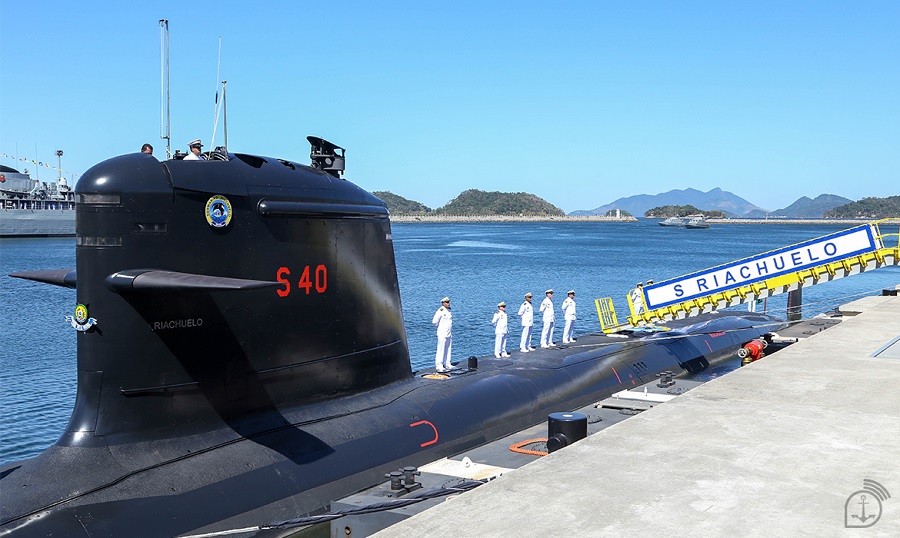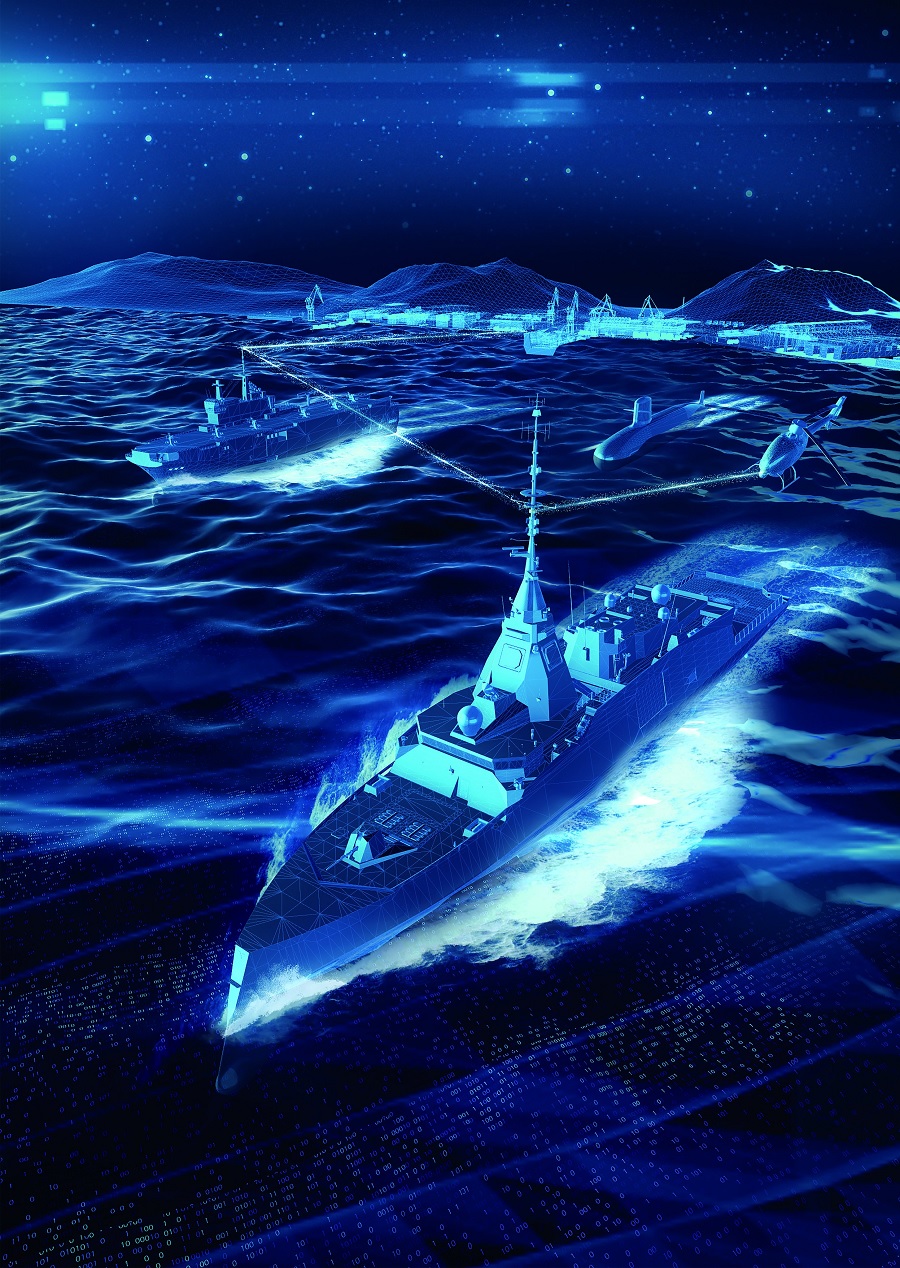The Ministry of Defence (MOD) will then require several months to analyse the detailed bids. The MOD will decide which yard will be awarded the contract to build the submarines on the basis of pre-established requirements and award criteria. One of the award criteria is the participation of Dutch businesses in the development, construction and maintenance of important systems of the boat. In addition, the MOD desires as much Dutch involvement as possible to strengthen the country’s technological and industrial base. The winning shipyard must therefore enter into an agreement with the Ministry of Economic Affairs and Climate Policy.
Over the past six months, the Submarine Replacement Programme has gained considerable momentum. The request for quotation is another major step forward in this process. Despite this, it will take around 10 years from the moment the contract is signed before the first two submarines are operational. The boats still have to be built, tested and put into service.
Meanwhile, the Submarine Service will continue to use the Walrus-class boats. In time, 2 of the 4 boats will be decommissioned. Their parts will subsequently be used for the maintenance of the remaining boats.
The Netherlands Ministry of Defence is investing in the striking power of the armed forces. Replacing the current submarines is an important part of this investment. Dutch submarines are an important niche capability within NATO and the EU.
























